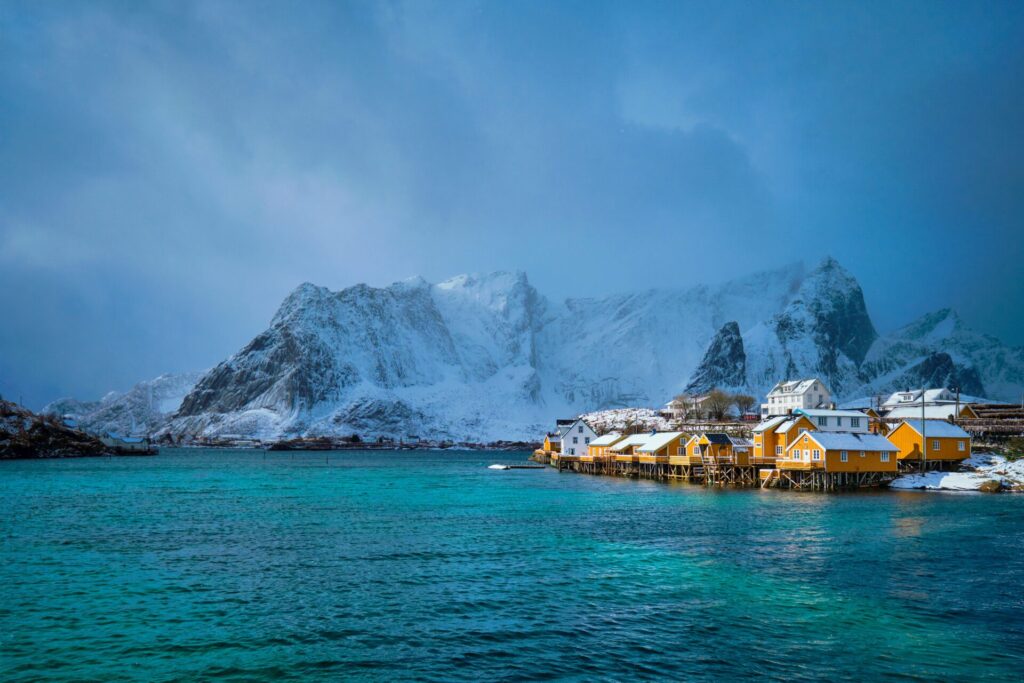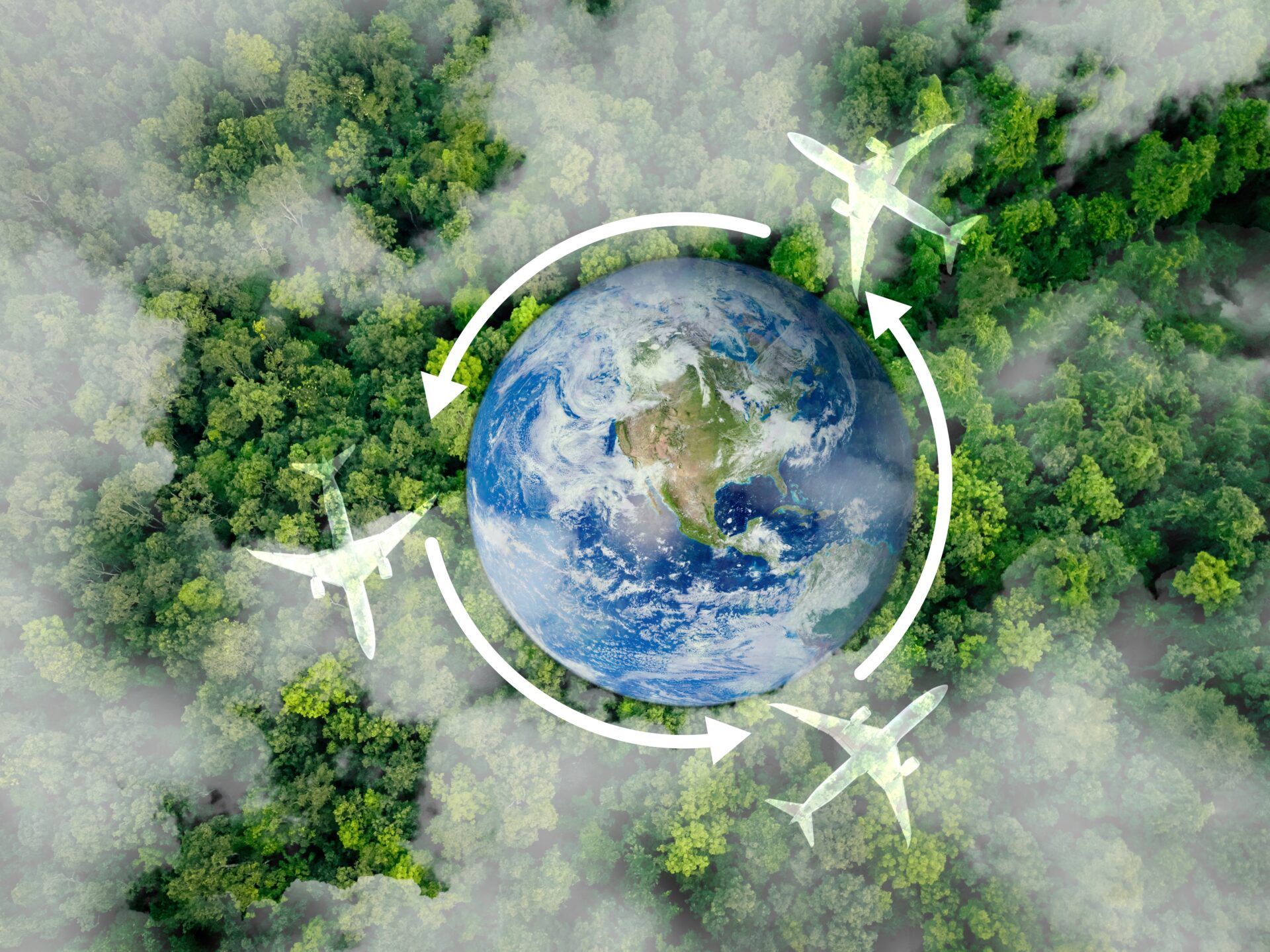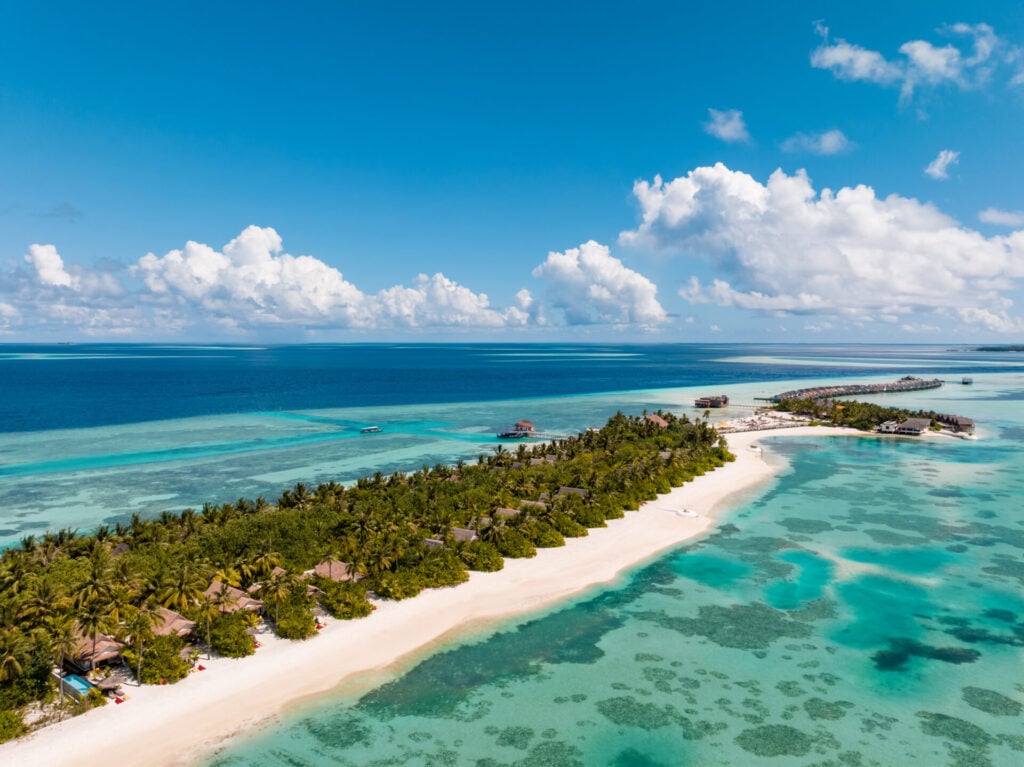In a world increasingly concerned with climate change, the concept of eco-friendly travel has moved from a niche interest to a mainstream movement.
As Statista reports, awareness of this form of tourism has grown significantly, with over 80 per cent of global travellers believing that sustainable travel is important – a response to rising greenhouse gas emissions, overcrowding, and the erosion of local culture in popular destinations.
While the travel industry has begun to adopt more sustainable practices, the journey toward truly eco-friendly travel is far from straightforward. Beyond the basics like opting for land travel over air and packing light, many bigger challenges remain hidden. From long-haul flight emissions to greenwashing, truly sustainable travel needs informed choices.
To help you, we’ve rounded up practical strategies to help you become a genuinely eco-conscious traveller.
The Cost of Going Green

Eco-friendly travel often comes with a premium price tag that can be a significant barrier. Eco-certified hotels can be 20-40 per cent more expensive, while sustainable transport options like train travel can often cost more than budget flights.
A WTTC report found that over 50 per cent of travellers prioritise cost over sustainability when making purchasing decisions. Only a small minority, between 7 per cent and 11 per cent, consider sustainability a primary factor.
However, a Euromonitor International report offers a different perspective. It reveals that nearly 80 per cent of travellers are willing to pay at least 10 per cent more for sustainable features while 41 per cent are prepared to pay over 30 per cent extra for eco-tourism.
To navigate this cost divide, consider a hybrid approach. Mix eco-certified accommodations with more budget-friendly options, prioritise sustainable choices for longer stays, and explore house-sitting opportunities. Additionally, travelling during the shoulder season can help reduce costs while still supporting a destination during a less crowded time.
Infrastructure Limitations in Remote Destinations

Many of the world’s most pristine and remote destinations lack the basic infrastructure needed to support eco-friendly travel. In these areas, travellers often face inadequate waste management systems, making it nearly impossible to avoid generating an environmental impact.
The scarcity of public transport forces a reliance on private cars or small aircraft, which have higher per-person emissions. Similarly, a lack of proper water treatment facilities can mean bottled water consumption, a direct contradiction to plastic reduction goals.
Overcoming these challenges requires proactive planning. Research your destination’s specific limitations before you go and pack accordingly, bringing reusable items to reduce your dependence on local disposables.
A key strategy is to connect with local environmental organisations that can provide insight into the effective sustainable practices for the region. You can also make a difference by supporting infrastructure development through volunteer programs or donations to local groups working on environmental improvements.
Safety and Security Concerns in Alternative Transportation

Sustainable transportation options can sometimes expose travellers to safety risks that are not as common in traditional methods. Rideshare services often promoted as eco-friendly alternatives to private car ownership, have faced scrutiny due to serious safety concerns. The Uber sexual assault lawsuit, for example, highlighted troubling cases that raised global awareness of rider vulnerability.
According to TruLaw, large settlements, such as the $9 million agreement with the California Public Utilities Commission, highlight the recognition of victims’ experiences. These risks disproportionately affect women and solo travellers, who may opt for costlier or less sustainable options to prioritise personal security.
Mitigating risks requires awareness and planning. Travellers should verify driver information, share trip details with trusted contacts, and avoid travelling alone at night when possible. Researching local transportation safety records and choosing providers with strict safety protocols can help balance sustainability with security.
The Greenwashing Deception

Eco-tourism’s rise has unfortunately fuelled widespread greenwashing – where businesses advertise sustainability without real action. Hotels might promote towel reuse programmes, but still offer plastic water bottles in their rooms, and tour operators may flaunt eco-certifications that don’t have any real substance. Even destinations market themselves as sustainable while ignoring deeper environmental issues.
This deception makes it challenging for travellers to distinguish genuine efforts from marketing ploys. According to Newsweek, travel terminology itself has evolved, from ‘responsible’ to ‘sustainable’ to today’s ‘regenerative travel.’
Panelists at Newsweek’s New Destinations summit questioned whether these terms reflect true long-term commitments or simply new buzzwords to attract eco-conscious travellers. As Dr. Aaron Salā of the Hawai‘i Visitors and Convention Bureau noted, the lack of clear definitions risks masking greenwashing.
Travellers must research carefully and look for tangible commitments. Here are a few ways to spot greenwashing:
- Find evidence: Look for trusted accreditations like B Corp or Fair Life Tourism.
- Check transparency: Genuine companies publish mission statements and impact reports.
- Review community partners: See if they collaborate with local nonprofits, like the Malama Hawaii Program.
- Ask employees: Staff should know details of eco-initiatives if they are truly embedded.
Frequently Asked Questions
What are the three pillars of eco-friendly travel?
The three pillars of eco-friendly travel are environmental, social, and economic sustainability. This means protecting natural resources, respecting and preserving local cultures, and ensuring fair economic benefits for host communities. Together, these pillars create a balanced approach that minimizes harm while maximizing tourism’s positive impact on destinations.
Is sustainable tourism more expensive?
Yes, sustainable tourism often costs more because eco-certified hotels, organic dining, and green transportation invest in genuine environmental practices and certifications. These higher expenses are passed on to travellers. However, careful planning, mixing options, and travelling in off-peak seasons can make eco-friendly travel more affordable and accessible.
What are the environmental impacts of tourism?
Tourism impacts the environment through greenhouse gas emissions from air travel, overuse of natural resources, and pollution from waste and plastics. It also contributes to habitat destruction and biodiversity loss in fragile ecosystems. Overcrowding in tourist destinations can strain water, energy, and infrastructure, worsening long-term environmental degradation.
Eco-friendly travel holds enormous potential, but it comes with hidden challenges such as cost, safety risks, and greenwashing. By planning carefully and staying informed, travellers can make choices that balance sustainability with practicality. True progress lies in supporting businesses and practices that deliver measurable, lasting environmental impact.









